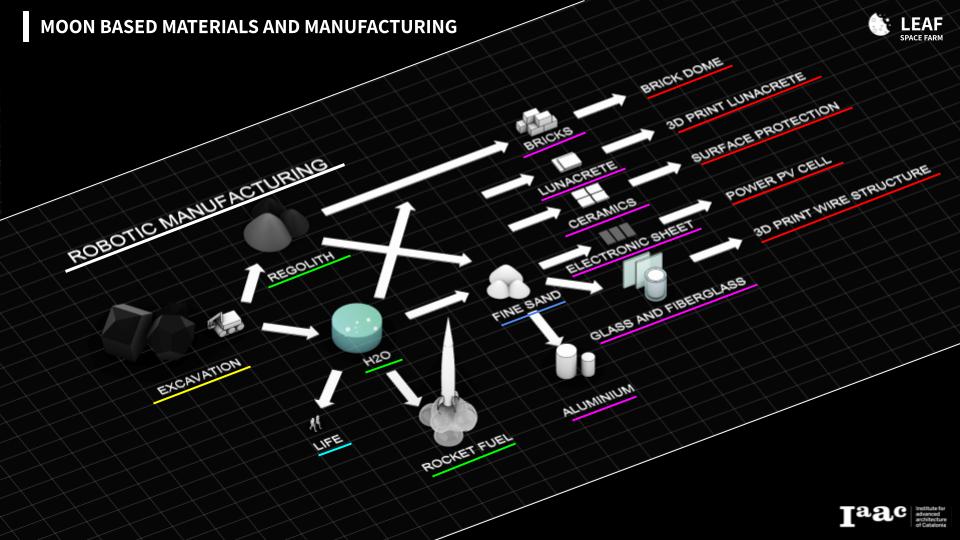

This is also what you’ll use in this tutorial.
Materials studio media android#
ExoPlayer’s standard audio and video components are built on Android’s MediaCodec API, which was released in Android 4.1 (API level 16), which means ExoPlayer can only be used on devices running Android 4.1 or greater. ExoPlayer supports features not supported by Android’s MediaPlayer API, which you’ll see later, and it’s also easy to customize and extend.īecause of that, ExoPlayer is recommended for media player apps of any complexity on Android. MediaPlayer is also very straightforward to use, but the downside is that it supports very little customization.ĮxoPlayer is an open-source library that provides an alternative to Android’s MediaPlayer API for playing audio and video. It supports the most common audio and video formats and data sources and because of that is good enough for many simple use cases. The MediaPlayer class is the primary entry point for playing sound and video. The Android multimedia framework includes support for playing a variety of common media types so that you can easily integrate audio, video and images into your apps. This is useful if your use case is to play videos specifically from YouTube. The YouTube Android Player API provides an embedded player to play YouTube videos directly in your app, and it gives you the possibility to customize the playback experience. To play a YouTube video, you can send an implicit Intent to launch the YouTube app, which will then play a video. This is useful for very simple use cases, the downside is you don’t play the media within your app - you use another app on the device that was built to handle the Intent. If there’s an app on the device that can handle that media type, the Android system launches it. You also have to include a URI of the media sample that you want to play. The Android framework provides several options for media playback, covered below.Īn Intent represents an app’s “intent to do something.” As with all implicit Intents, you have to specify a general action that you want to perform.įor media playback, you must specify the ACTION_VIEW. So how do you play the media from any source? Before the hands-on part of this tutorial, you’ll first cover the different ways media can be played on the Android framework. Media can also be available through many other streaming technologies, but that’s beyond the scope of this tutorial. That same app can also allow you to stream the media from the Internet in that case, some remote web server is a media source. Media used in an app can be stored on the local device’s storage. This demonstrates just how important and popular media playback is on mobile devices.īut no matter the media type, they all have one thing in common: They have to get the media from somewhere to play it on your device. You may find that the number is zero - it seems every single app a user interacts with on a daily basis can play some kind of media. How many of them have the ability to play some kind of media? In fact, count how many of them don’t have that possibility. Take out your mobile device and count the number of apps you interact with on a regular basis.

Media Playback on the Android Framework Audio and Videoįirst, you’ll do a little experiment. If you are completely new to Android development, read through our Beginning Android Development tutorials first. Note: This tutorial assumes that you are familiar with the basics of Android development.


 0 kommentar(er)
0 kommentar(er)
